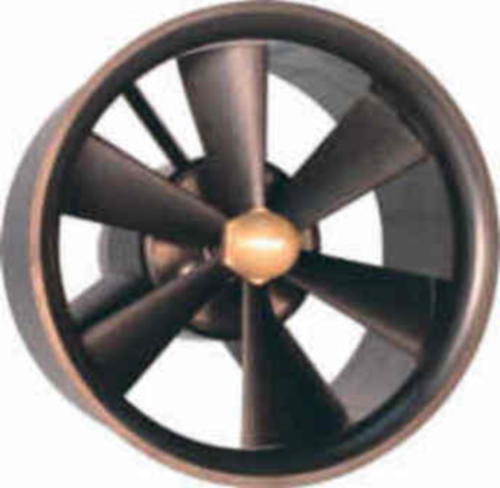This is not your ordinary military drone. This one can transform into different shapes and pick stuff up right off the ground.
Transporting military troops or delivering necessary supplies has become a major challenge, especially since the U.S. Military started using smaller and more distributed combat units.
At last week’s Association for Unmanned Vehicle Systems International (AUVSI) trade show, the Defense Advanced Research Projects Agency (DARPA) and Lockheed Martin showed off their concept of the Transformer TX drone. The drone is envisioned to be a compact machine that will employ high-speed vertical take-off technology (VTOL).
DARPA thought up the Transformer project almost two years ago, looking for a better way to get military personnel and vehicles off of roads with known threats such as improvised explosive devices.

An artist's rendering of what the Transformer TX will potentially look like if completed. (Image via Code One)
The Transformer TX is now in its third phase of development, and the team is creating detailed drawings of the prototype and picking out the hardware that will be used to make it work, including drive shafts, propellers, control actuators, and lift system drive train gearboxes.
“Existing helicopter turbo shaft engines will power the prototype. The team is selecting available components wherever possible to minimize the cost of the prototype,” said Kevin Renshaw, the Lockheed Martin head of the project.
The VTOL lift module that will be implemented could adapt for multiple missions with interchangeable payloads.
The design also incorporates ducted fan technology, which uses propellers mounted to cylindrical ducts that affect the velocity and pressure of the airflow and results in safer and more stable means of flight than a traditional helicopter.

An example of a ducted fan that makes VTOL possible.
Lockheed Martin has already had some experience with ducted fans which are featured in its VTOL F-25 jet.
The future of the Transformer TX
It’s projected that once it’s fully functional, the TX will be able to travel a distance of almost 300 miles on just one tank of gas and will be able to convert its shape so that it is narrow enough to drive down a single road.
Ground vehicles have limitations, and although helicopters are quick and can get around easily, they do pose as an extremely vulnerable means of transportation.
This autonomous transportation technology could be fitted to all kinds of payloads ranging from humans to supplies to Humvees.

When fully functional, the TX will be a versatile military tool. (Image via Code One)
After this phase is complete, DARPA will decide if it wants to go through with the final phases of the drone project and have a functional prototype ready by 2015. If this happens, the technology could offer military commanders more options when it comes to their troops including evacuations and medical assistance.
Advertisement
Learn more about Electronic Products Magazine





